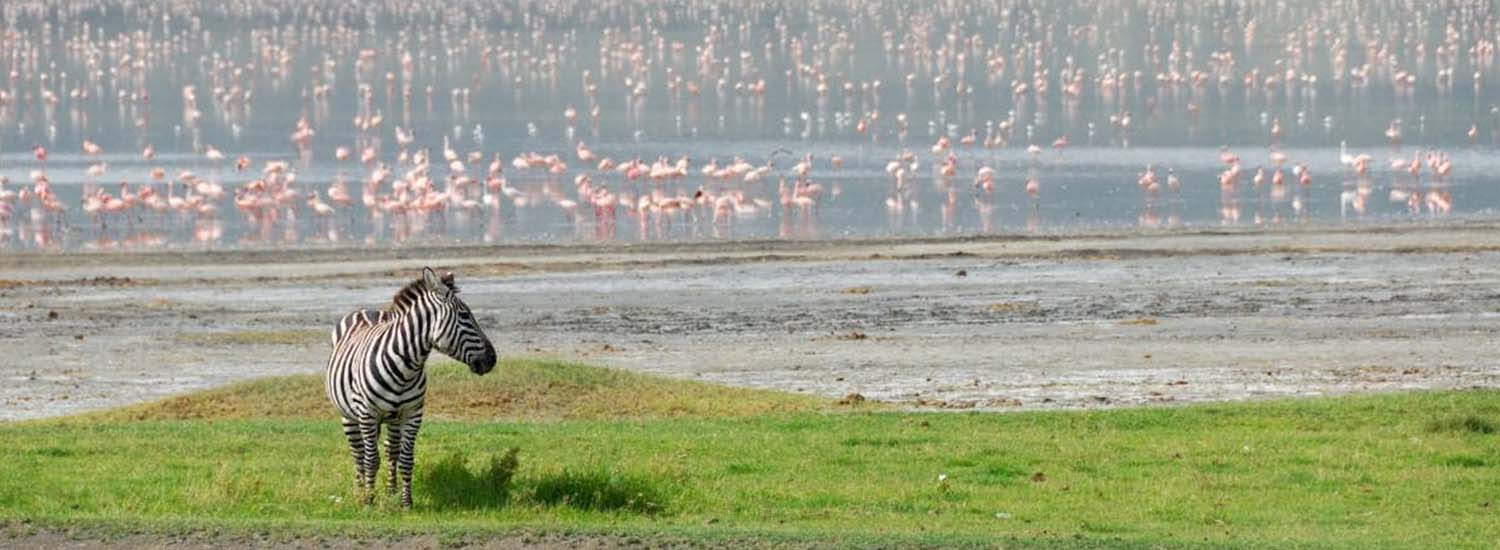
Top UNESCO World Heritage Sites in Tanzania You Must Visit
- bySusan Wanjiru
- - September 9, 2025
Home » Blog » Top UNESCO World Heritage Sites in Tanzania You Must Visit
Tanzania isn’t just a safari paradise; it’s a land rich in history, culture, and natural wonders. In fact, the country proudly holds seven UNESCO World Heritage Sites: three cultural, three natural, and one mixed. Each of these destinations reflects the diversity of Tanzania’s landscapes and traditions, making them a must-visit for any traveler.
Here’s your guide to exploring Tanzania’s most remarkable UNESCO treasures:
1. Ngorongoro Conservation Area

Known as the “Garden of Eden of Africa,” this is one of Tanzania’s most amazing UNESCO World Heritage Sites. The Ngorongoro Crater is one of the world’s largest unbroken calderas, teeming with wildlife, including endangered black rhinos. Beyond its natural beauty, Ngorongoro also houses the Olduvai Gorge, one of the most significant paleoanthropological sites, where evidence of early human evolution was discovered.
2. Serengeti National Park

World-famous for the Great Migration, Serengeti National Park is an iconic UNESCO World Heritage Site. Millions of wildebeest, zebras, and gazelles move across the plains each year, followed closely by predators like lions and cheetahs. It’s a spectacle of nature that defines Tanzania as a premier safari destination.
3. Mount Kilimanjaro National Park

Home to Africa’s highest peak, Mount Kilimanjaro rises 5,895 meters above sea level. This UNESCO site attracts trekkers from around the globe. Its snow-capped summit and diverse ecosystems, ranging from tropical rainforest to alpine desert, make it both a natural wonder and a challenge for adventurers.
4. Nyerere National Park

One of the largest faunal reserves in the world, the Selous is a UNESCO site that remains relatively untouched by human activity. It is home to a wide variety of species, including elephants, hippos, and crocodiles. The reserve’s vast landscapes of rivers, swamps, and open woodlands make it an unparalleled wilderness escape.
5. Stone Town of Zanzibar

A maze of narrow streets, coral stone buildings, and spice-scented markets, Stone Town is a vibrant cultural UNESCO World Heritage Site. It tells the story of Zanzibar’s centuries-old role as a trading hub, influenced by Arab, Persian, Indian, and European cultures. Historical landmarks like the House of Wonders and Old Fort highlight its unique heritage.
6. Kondoa Rock-Art Sites

This site features ancient cave paintings created by hunter-gatherer communities thousands of years ago. The Kondoa Rock-Art Sites are not just archaeological wonders but also hold cultural and spiritual significance for local communities. They provide a fascinating glimpse into Tanzania’s prehistoric life.
7. Kilwa Kisiwani & Songo Mnara Ruins

These two medieval coastal towns once thrived as centers of trade between Africa, Arab, and Asia. As UNESCO World Heritage Sites, they showcase the remains of mosques, palaces, and forts that reflect the rich history of the Swahili civilization. Walking through these ruins is like stepping into a forgotten chapter of global trade history.
Why These Sites Matter
From the snow-capped peaks of Kilimanjaro to the ancient artistry of Kondoa, Tanzania’s UNESCO World Heritage Sites reveal the nation’s soul, where culture, history, and nature come together. Whether you’re an adventurer, historian, or wildlife enthusiast, visiting these sites guarantees an experience as rich as it is unforgettable.
Ready to explore? Add these UNESCO wonders to your travel bucket list and discover Tanzania’s timeless beauty.
